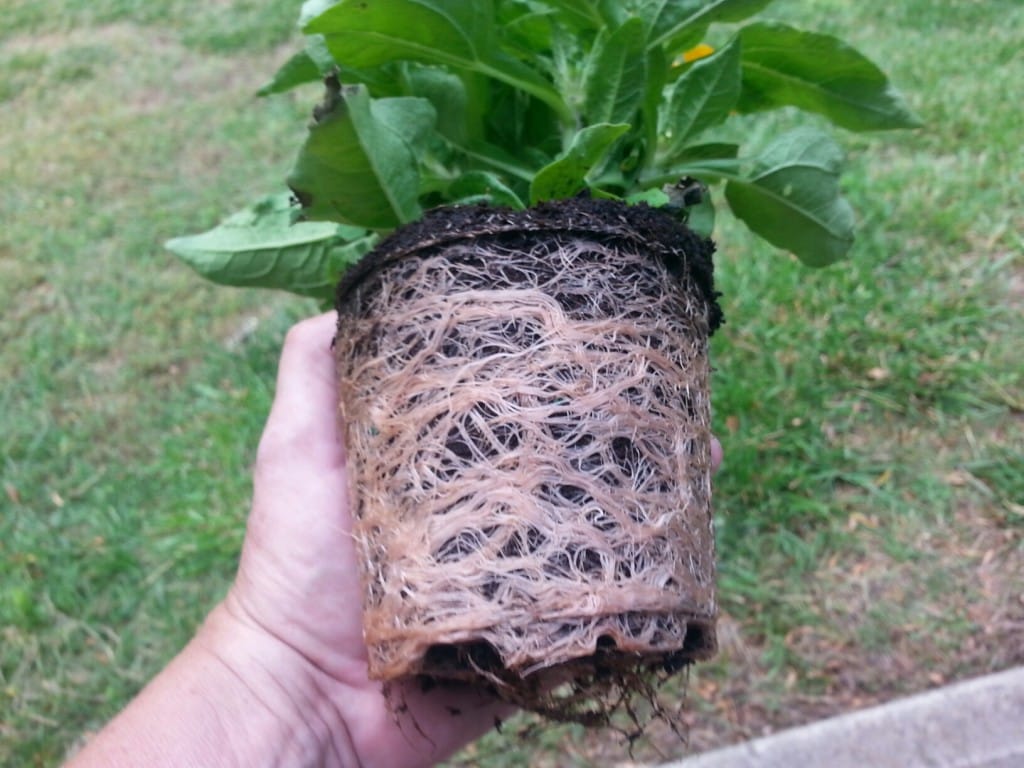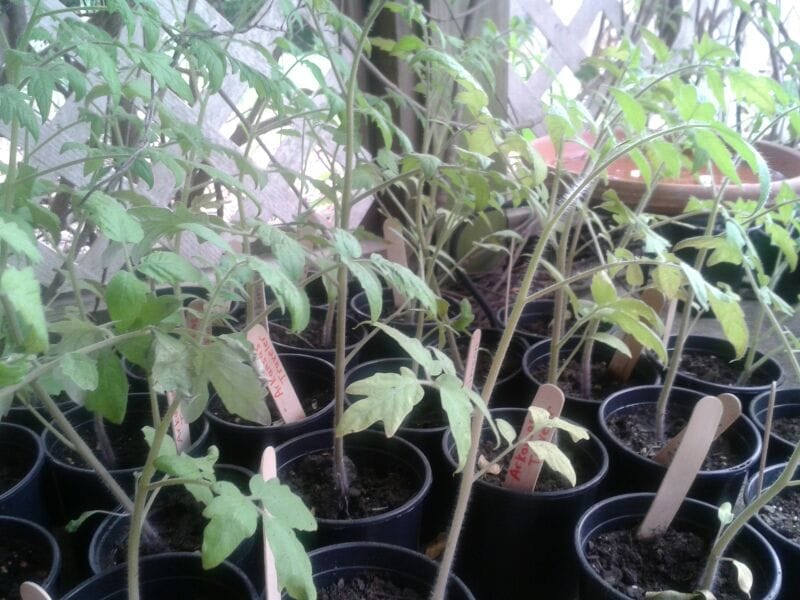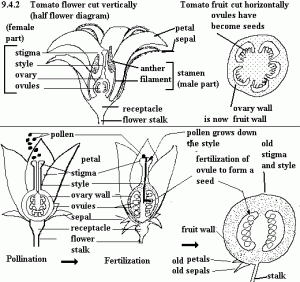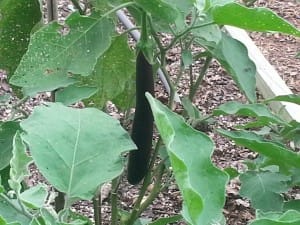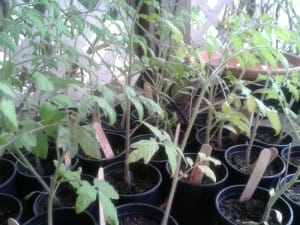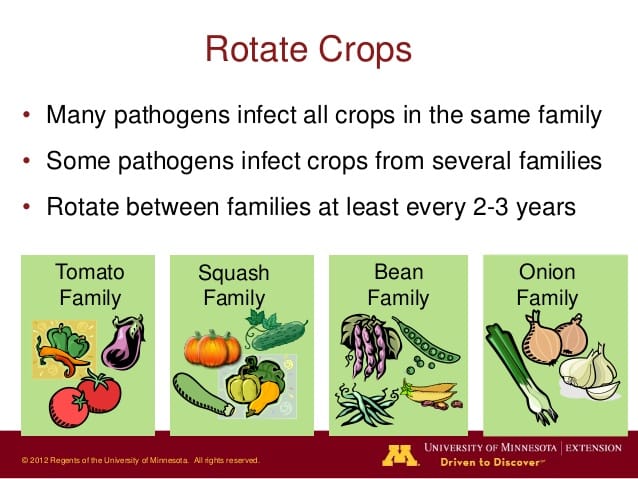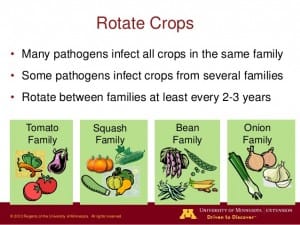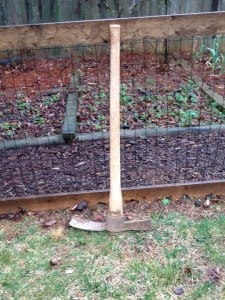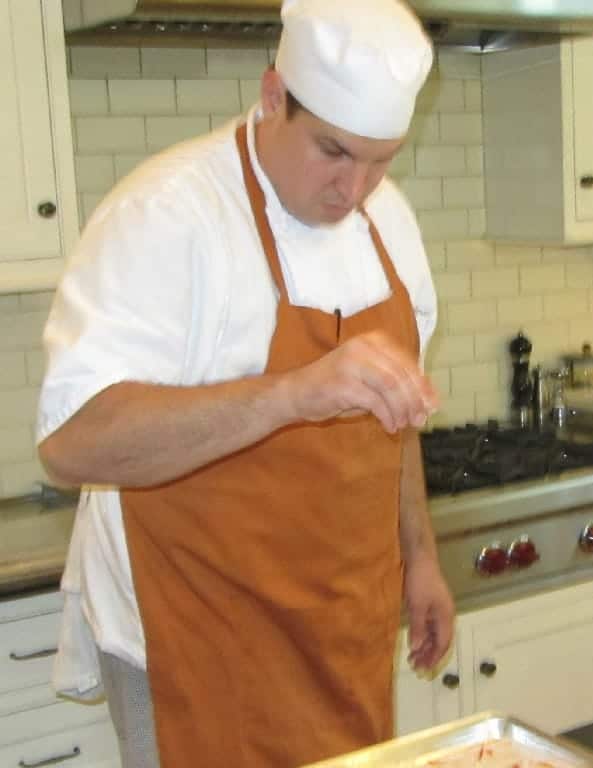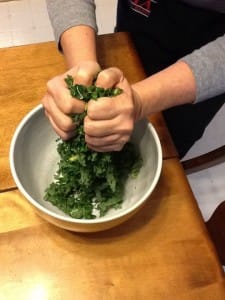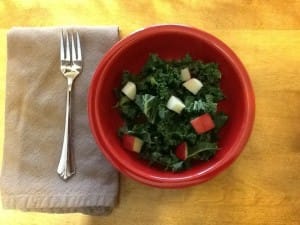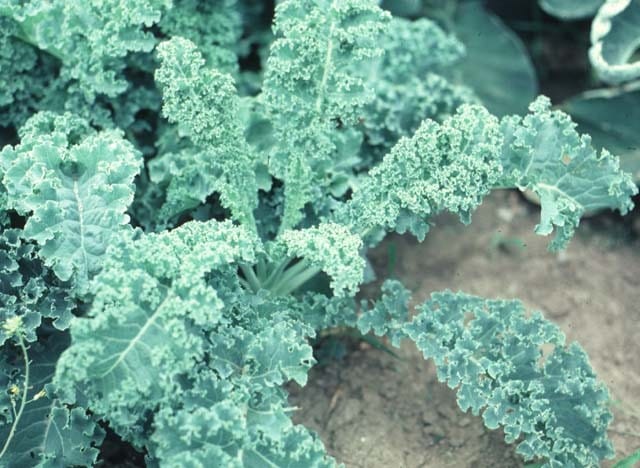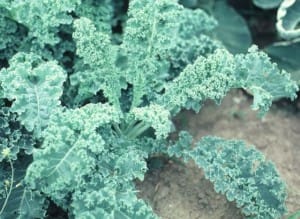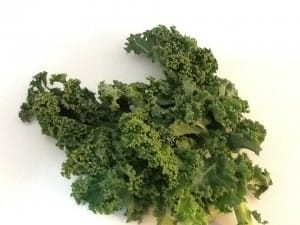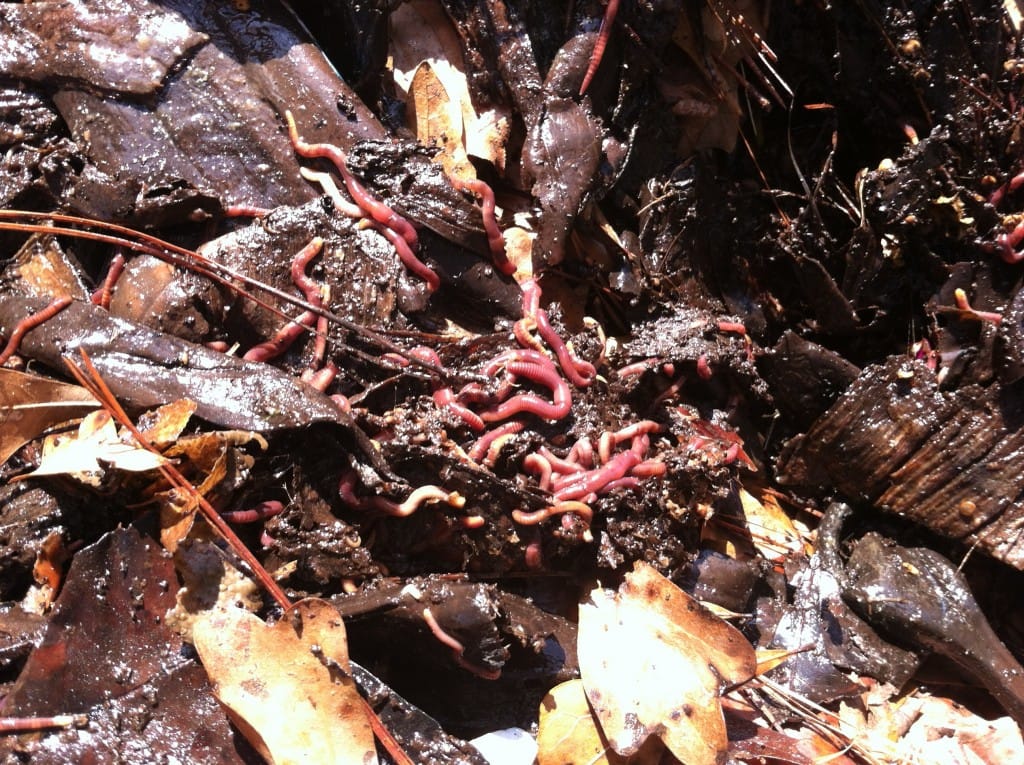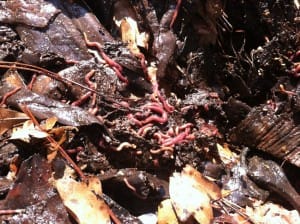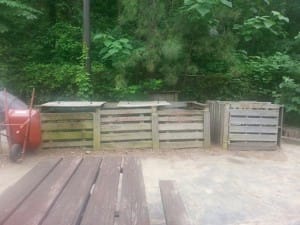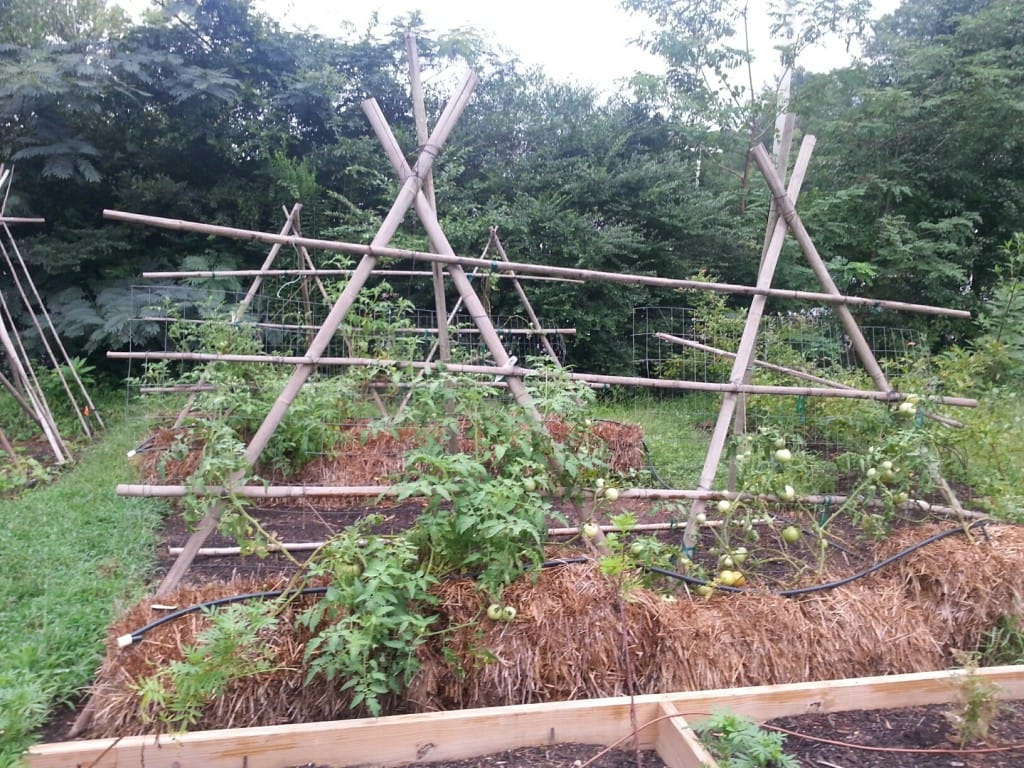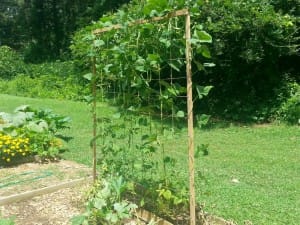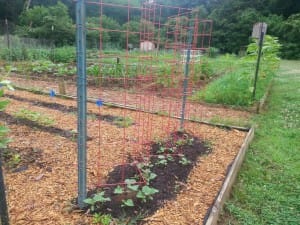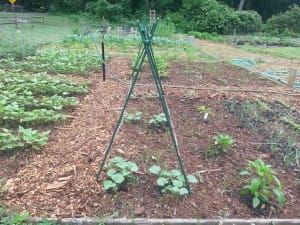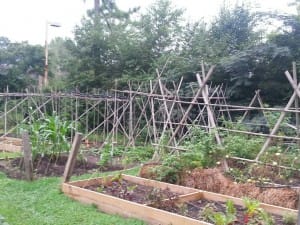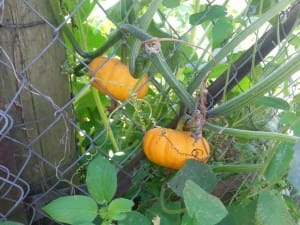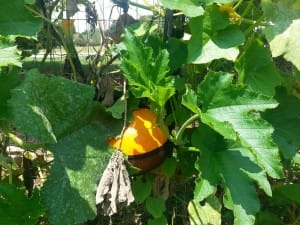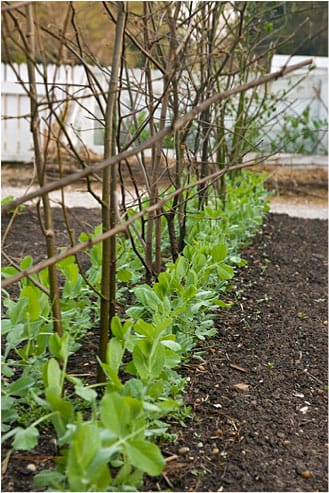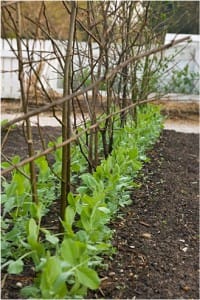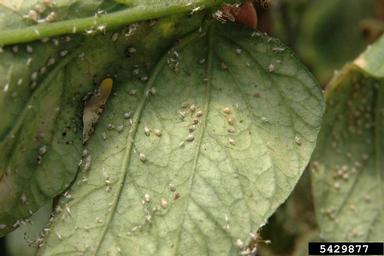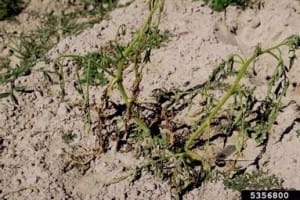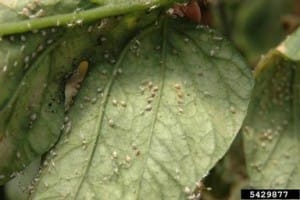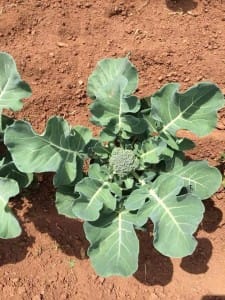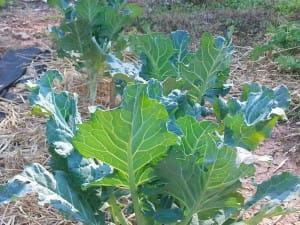When using potted plants in your Georgia community vegetable garden, start with healthy ones. Visit quality nurseries or plant stores and choose plants free from diseases and insects. You don’t want to bring home any problems. Check where the stem meets the soil for soft spots. Don’t choose plants that look wilted but have obviously been watered. That could be a sign of a soil borne disease.
Before planting your new vegetable plants, check the roots. Sometimes the plants can be root-bound or pot-bound. The plant was outgrowing the current container and the roots had no where to go in the pot but around the perimeter of the soil.
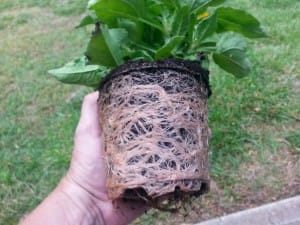
Before going into the ground these roots need to be broken apart so that they will venture out into the new soil. Otherwise, they may keep growing around the soil ball and the plants won’t thrive. Even after weeks of being in the ground, the plant will easily pull out of the planting hole. This is an unhealthy plant!
You can break apart roots with your hands or use scissors or a sharp knife (carefully!) to cut an incision into the root ball. You will need to go about 1 inch deep and about 3/4ths the way up on the root ball. After cutting gently pull the roots apart.
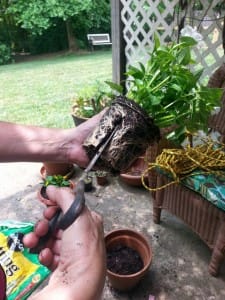
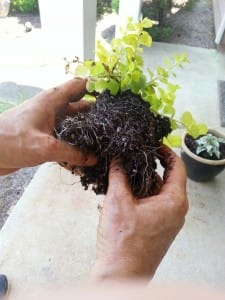
Put the plant in the ground spreading the roots into the soil as much as possible. This may seem like tough love for an already developed root system but, your plants will be healthier and more productive in the long run. Remember, your local extension agent has all sorts of information on the correct way to plant just about anything!
Happy Gardening!
